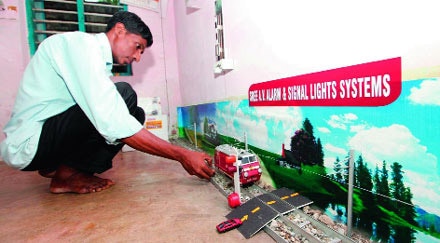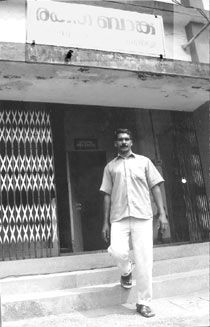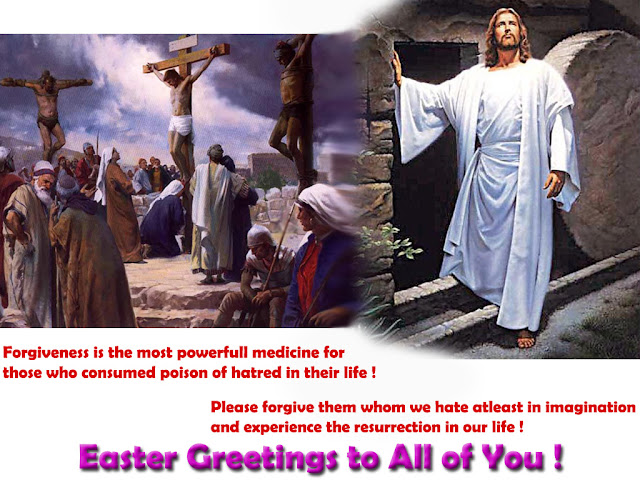Sarathi is a Helpline for Drivers
Mission
For Accident Free Roads and Passenger Friendly Drivers!
Sarathi Overview
Sarathi visualizes its activities for the upliftment of the unorganized, and powerless group of Taxi drivers in to an organized and powerful group of people through
Motivation:- By respecting and valuing them as equals -By training them about the significance of their job - By instilling hope and self-confidence in them -By helping them take personal pride in what they do.
Appreciation:- By exercising the basic virtues of respect, dignity, kindness and courtesy in all dealings -By giving recognition and credit appropriately and frequently -By valuing their contribution without looking at their back-ground or status.
Revitalization:- By committing to make a difference to the customers -By working together with trust to achieve superior customer service -By encouraging open, honest communication -By treating others as we ourselves would like to be treated.
Integral Development:- By helping them help themselves -By improving the social, economical, cultural and educational aspects of the family -By inculcating ethical and moral values.
Description
The study conducted among the taxi drivers by the Sarathi volunteers came to the conclusion that this section of society is exploited, economically backward, and not organized at all in order to win over their rights in society. There are drivers with tremendous capacities and talents, who can do a lot of good for society. But the only thing that remain underlined about them is that there is no one to guide them, to motivate them, to improve themselves, to appreciate them for the good deeds done by them. There is no one to put a new strength or power into them for their self growth, and to make them an integrated group of our society.









 മാനന്തവാടി:
രക്തംതേടി രക്തബാങ്കിനു മുന്നില് വേവലാതിപ്പെടുന്നവര്ക്ക് ആരെങ്കിലും
കുറിച്ചുകൊടുക്കുന്ന ഒരു മൊബൈല് നമ്പറുണ്ട്. മാനന്തവാടിയിലെ ഓട്ടോ
ഡ്രൈവറായ ഷാജി കമാലിയയുടെ 9847287188 എന്ന നമ്പര്.
മാനന്തവാടി:
രക്തംതേടി രക്തബാങ്കിനു മുന്നില് വേവലാതിപ്പെടുന്നവര്ക്ക് ആരെങ്കിലും
കുറിച്ചുകൊടുക്കുന്ന ഒരു മൊബൈല് നമ്പറുണ്ട്. മാനന്തവാടിയിലെ ഓട്ടോ
ഡ്രൈവറായ ഷാജി കമാലിയയുടെ 9847287188 എന്ന നമ്പര്.

















